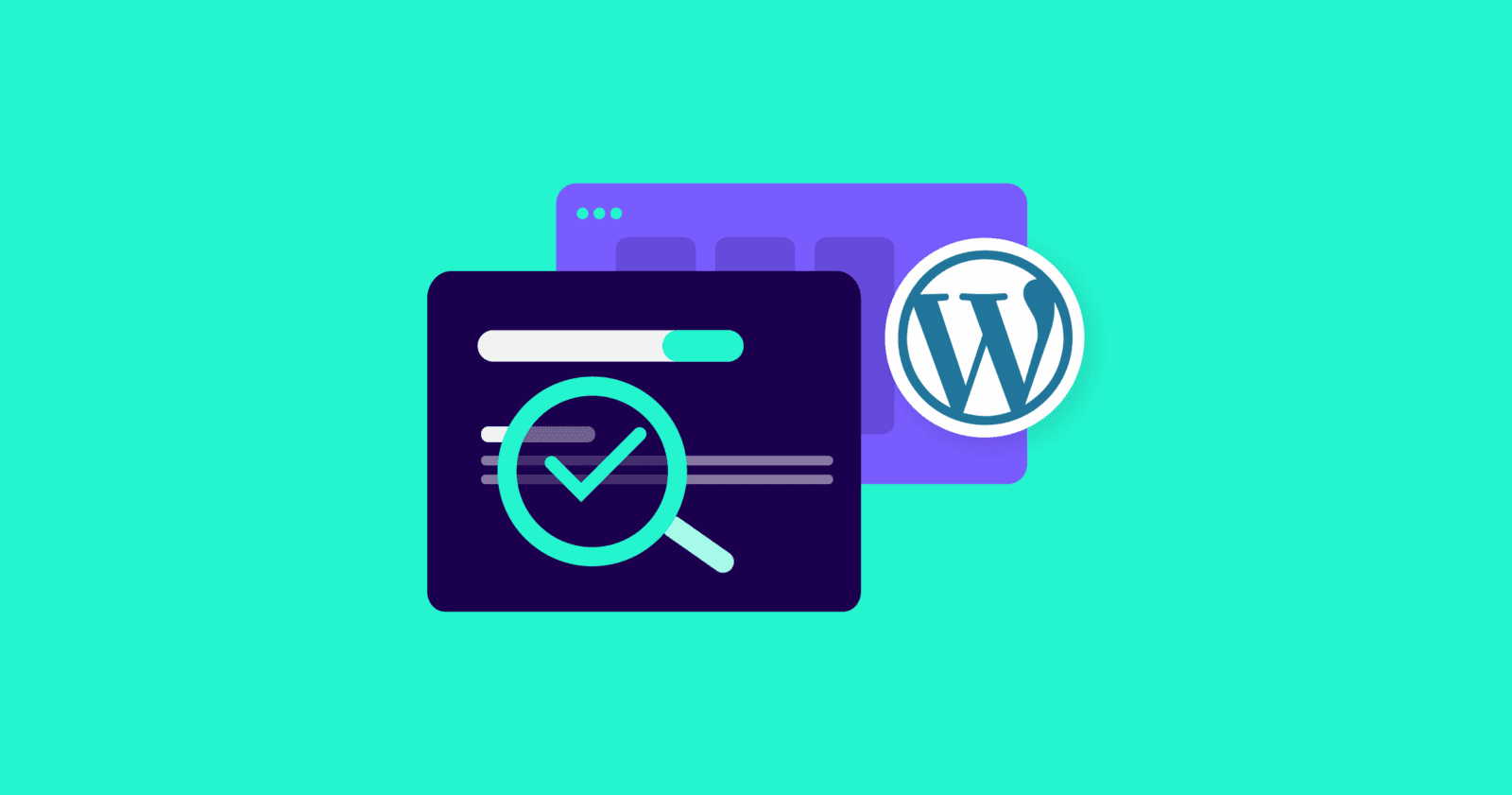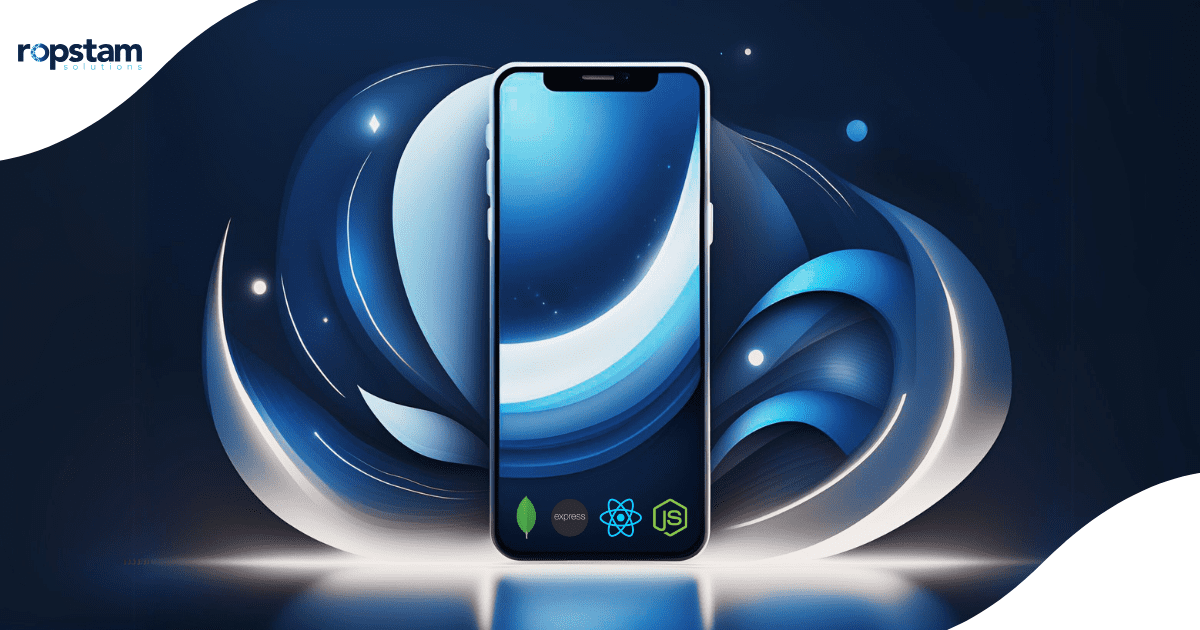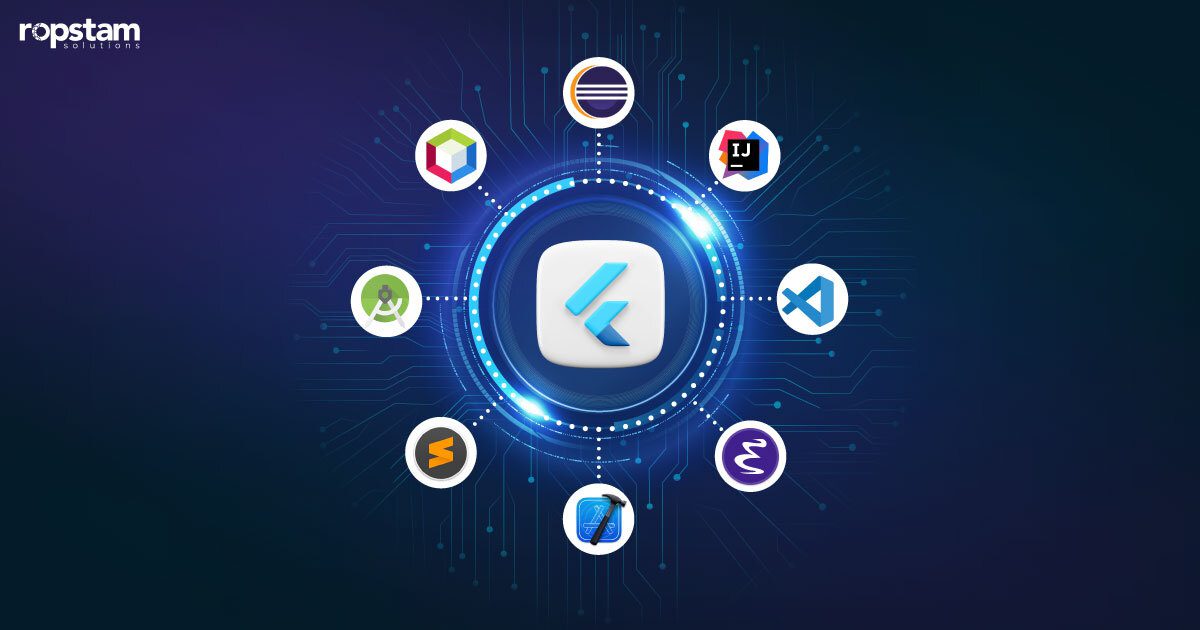As a Python developer, have you ever come across the question of which micro-framework to opt for? This is a common question and if you are looking for the right answer, you have come to the right place. For web app development, Python has gained immense popularity and two of the most popular frameworks in this regard are Flask and FastAPI.
In this blog, we will explain the pros and cons of both Flask and FastAPI so that you can make the right decision to ensure the success of your project.
What is Flask?
Flask is a lightweight, flexible Python web framework designed for building web applications. Known for its simplicity and ease of use, Flask is ideal for small to medium-sized projects and prototyping. It provides the essential tools and libraries necessary to build a web app without the overhead of a full-featured framework.
Flask’s minimalist design allows developers to start coding quickly and efficiently, making it a popular choice for both beginners and experienced developers alike. Moreover, its flexibility and extensibility through numerous extensions and plugins enable it to adapt to a wide range of project requirements.
Whether you are building a simple blog, a small e-commerce site, or a prototype for a larger application, Flask offers the right balance of simplicity and functionality. This means Flask is an excellent choice for projects that need a quick start and a straightforward development process, without sacrificing the ability to scale and extend as needed.
Key Features of Flask
- Minimalist Design: Flask’s lightweight nature makes it easy to set up and use, with minimal configuration required.
- Flexible: This Python framework is highly extensible, allowing developers to add functionality through a wide range of extensions and libraries.
- Built-in Development Server: Comes with a built-in development server and debugger,
- Werkzeug WSGI Toolkit: It leverages the robust and secure Werkzeug WSGI toolkit, ensuring reliable web server gateway interface (WSGI) support.
- Unit Testing Support: Flask includes built-in support for unit testing, making it easier to write and run tests for your application.
- RESTful Request Dispatching: Flask simplifies the handling of RESTful requests, making it ideal for building APIs and web services.
What is FastAPI?
FastAPI is a modern, high-performance web framework for building APIs with Python. It’s designed to be easy to learn and use, making it a great choice for both beginners and experienced developers. By leveraging Python’s type hints and asynchronous programming capabilities, this powerful framework enables developers to build robust and scalable APIs with minimal effort.
One of the standout features of FastAPI is its ability to automatically generate interactive API documentation. This significantly reduces development time and improves API discoverability. Additionally, FastAPI’s strong type system helps catch errors early in the development process, leading to more reliable and maintainable code.
Whether you’re building a simple REST API or a complex microservices architecture, FastAPI provides the tools and features you need to succeed. Its focus on performance, ease of use, and developer experience makes it a compelling choice for modern Python web development.
Key Features of FastAPI
- Automatic Interactive API Documentation: FastAPI automatically generates interactive API documentation using Swagger UI and ReDoc, making it easy to explore and test your API.
- Type Safety: FastAPI leverages Python type hints for data validation and documentation, ensuring type-safe and robust code.
- Dependency Injection: FastAPI simplifies dependency management, allowing you to inject dependencies into your API endpoints easily.
- Asynchronous Support: Built with async/await, FastAPI supports asynchronous operations, enabling high concurrency and performance.
- Security: FastAPI includes built-in support for OAuth2, JWT, and other security features, helping you build secure web services.
- Extensibility: FastAPI is highly extensible, with support for custom middleware, plugins, and third-party integrations, allowing you to tailor the framework to your needs.
Flask vs FastAPI: Factor-Wise Comparison
In the Flask vs FastAPI showdown, here we will provide a comprehensive comparison of both Flask and FastAPI based on various factors:
1. Displaying Error Messages
When it comes to displaying error messages, FastAPI takes the lead. FastAPI’s automatic error handling and detailed error messages, including validation errors, make it easier for developers to debug and understand issues. It provides clear and structured error responses, which are particularly useful in API development.
On the other hand, Flask’s error messages are generally less verbose and may need additional middleware or custom error handlers to provide the same level of clarity.
2. Documentation
FastAPI excels in documentation, thanks to its automatic generation of interactive API documentation using Swagger UI and ReDoc. This feature not only enhances developer productivity but also makes it easier for clients and other stakeholders to understand and test the API. Similarly, FastAPI’s auto-generated docs are a significant advantage, especially for large and complex projects. This means it’s difficult to separate both frameworks in terms of documentation alone.
3. Community Support
Both Flask and FastAPI have strong community support, but Flask has a more established and larger community. Flask has been around longer and has a vast array of extensions and plugins, making it easier to find solutions to common problems. FastAPI, while newer, is rapidly gaining traction and has a growing community.
For beginners and those working on mature projects, Flask’s community is a clear advantage. However, FastAPI’s community is highly active and supportive, particularly in regards of modern API development.
4. Background Tasks
For background tasks, FastAPI offers a more sophisticated and built-in approach. FastAPI includes support for background tasks, allowing you to run asynchronous or synchronous tasks in the background. This is particularly useful for tasks like sending emails or processing data.
Flask also supports background tasks, but it requires more manual setup and often relies on third-party extensions or custom solutions. This why FastAPI takes the cake in this context.
5. Scalability
In terms of scalability, FastAPI is generally considered more scalable. FastAPI is built for high performance and can handle a large number of requests efficiently, making it ideal for production environments and large-scale applications.
On the other hand, Flask is also scalable but may require more configuration and optimization to achieve the same level of performance.
The Verdict
As a Python developer, choosing the right micro-framework is a pivotal question for your web application project and there is no right or wrong answer. You must decide on one based on the requirements of your project and the demands of the target audience.













